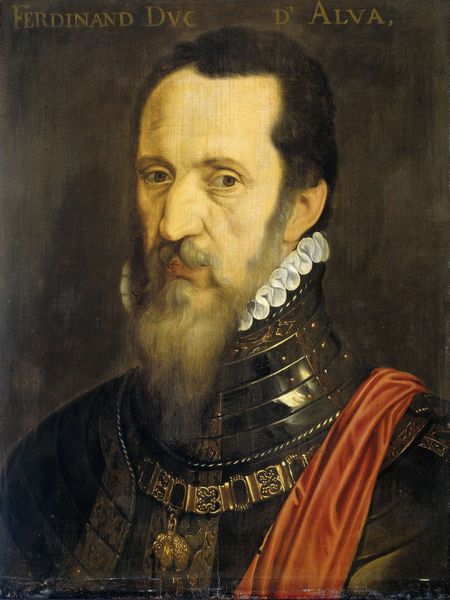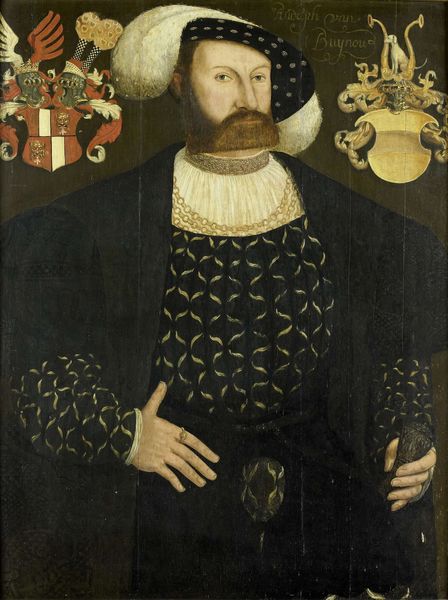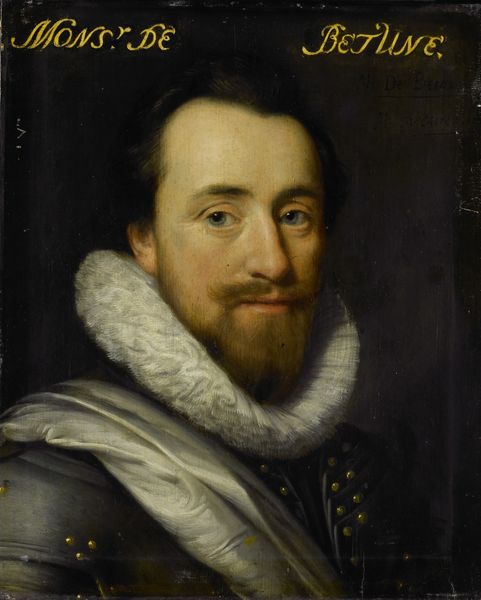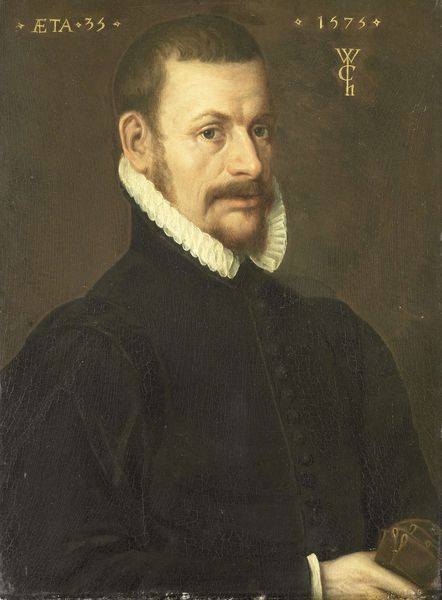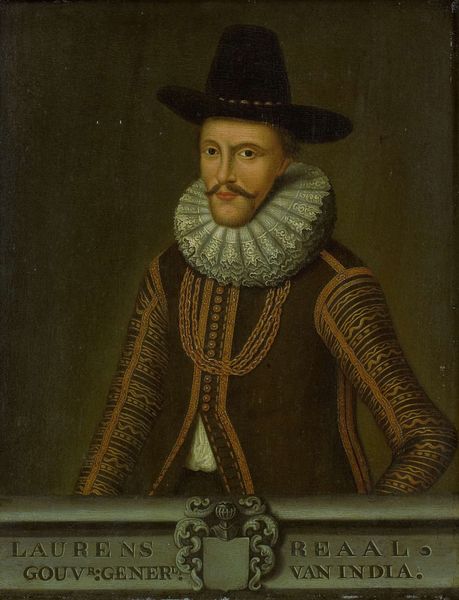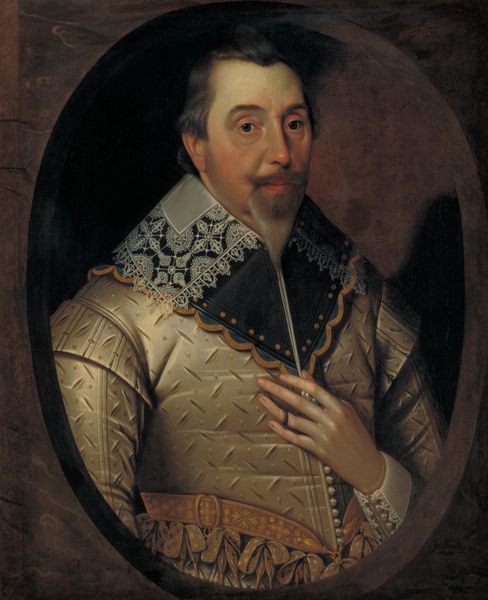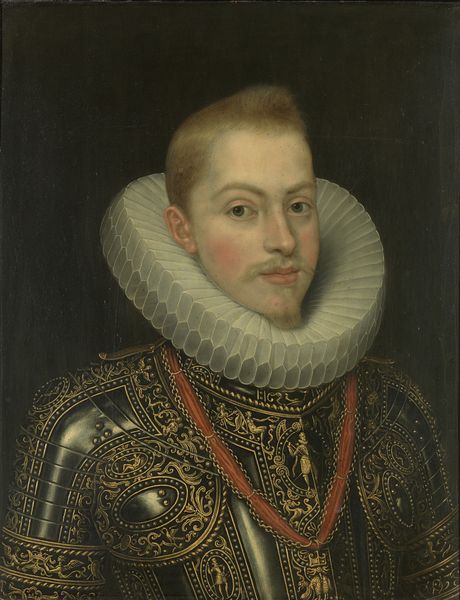
Dimensions: support: 527 x 400 mm frame: 660 x 537 x 63 mm
Copyright: CC-BY-NC-ND 4.0 DEED, Photo: Tate
Editor: So, here's George Gower's portrait of Sir Thomas Kytson, painted in 1573. The heavy gold chain seems to dominate, almost like a symbol of power. What's your take on this piece? Curator: The ostentatious display wasn't merely about wealth. Consider the context: Tudor England. Sumptuary laws dictated who could wear what, reinforcing social hierarchies. Kytson's chain isn't just adornment; it's a declaration of his status and place within a rigid system. How does that understanding shift your initial reaction? Editor: It makes me see the portrait as a statement, not just a likeness. Thanks! Curator: Exactly. And remembering that art reflects both individual expression and societal pressures gives us a fuller understanding.
Comments
tatebritain 8 months ago
⋮
http://www.tate.org.uk/art/artworks/gower-sir-thomas-kytson-n06090
Join the conversation
Join millions of artists and users on Artera today and experience the ultimate creative platform.
tatebritain 8 months ago
⋮
Sir Thomas (1540–1603) and Lady Elizabeth Kytson (1546/7–1628) of Hengrave, Suffolk, married in 1560. Sir Thomas was the son of a rich cloth trader, who amassed a fortune trading in the Low Countries (now the Netherlands, Belgium and Luxembourg). This meant Thomas could live in considerable style. The Kytsons remained Roman Catholics throughout the Protestant reign of Elizabeth I. Elizabeth Kytson was even briefly imprisoned for her faith. Nonetheless, the Queen honoured Thomas by visiting Hengrave in 1578, where she knighted him. Gallery label, July 2024
